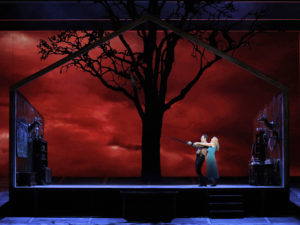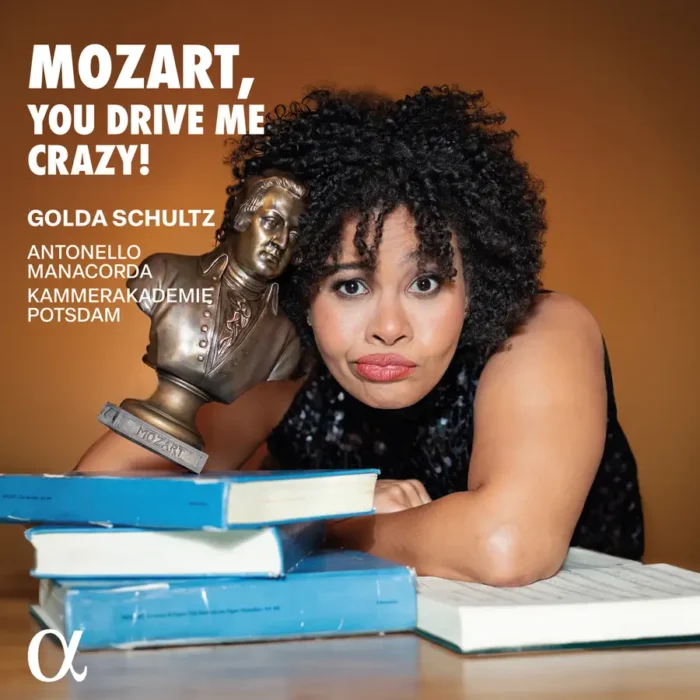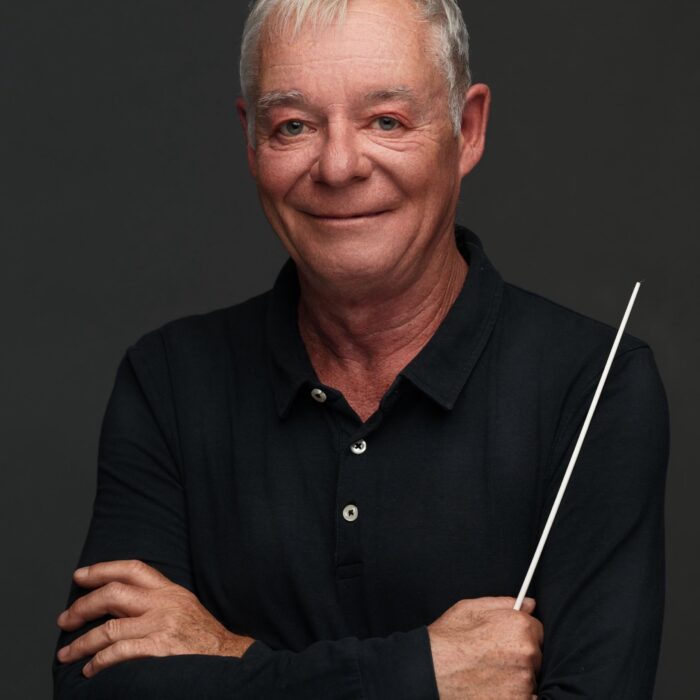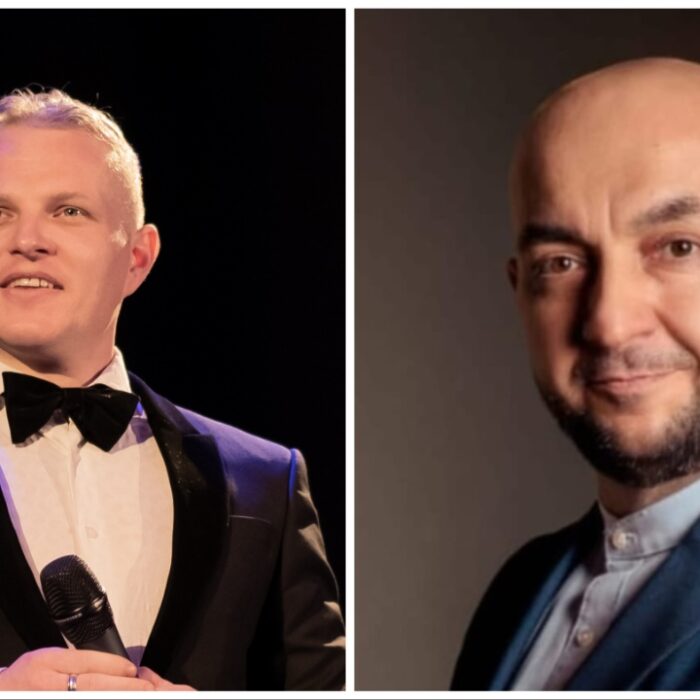
The Ring in San Francisco – The History of Wagner’s Tetralogy in San Francisco
By Lois SilversteinSan Francisco Opera is in the midst of its month-long festival dedicated to Wagner’s “Ring Cycle.” In the coming weeks, Lois Silverstein will explore her experience not only revisiting the 2018 opera production but several of the events and panels presented by the company.
Senior Communications Manager of San Francisco Opera Jeffery McMillan and San Francisco Opera Archivist Barbara Rominiski gave an informative talk about Wagner’s “Ring” and the San Francisco Opera illustrated by photographs and musical examples. It touched on how San Francisco Opera participated in the gradual evolution in the 19th-21st century concerts and opera productions in the U.S.
McMillan and Rominiski started off by suggesting how the 1849 Gold Rush on the West Coast symbolically paralleled the quest for the Ring of Gold, the central motif in the Cycle of Ring operas. Gold was on everybody’s mind, in and beyond the opera stage. Individual performers, Emma Juch and Eugenie Pappenheim performed concerts in the 1850s and 1870s, and then performed Sieglinde and Brünnhilde in individual productions in San Francisco of “Die Walküre.” We were treated to a couple of early cylinders of sound of these sopranos, and despite the surface noise, we got a sense of the beauty of their voices. We are talking of sound from 120 years ago!
Jumping to the 1930s and beyond reactions to German music post World War I, San Francisco offered its first “Ring” cycle in 1935. Up until then, only individual operas from The Ring were performed. Gaetano Merola’s San Francisco Opera Company introduced Kirsten Flagstad as Brünnhilde, the Norwegian dramatic soprano, who was then an unknown. After the performance, Flagstad turned star. From an early recording, the startling voice of the young Flagstad sounded. She and Lauritz Melchior became the “Helden” singers of the time, and their photos, in full Wagnerian regalia, Melchior, complete with hunting horn, smiled out of the covers of TIME magazine.
By the 1950s, when Kurt Herbert Adler became General Director, The Ring in its entirety again came on stage. The debut of Swedish Dramatic Soprano Birgit Nilsson and Viennese Soprano, Léonie Rysanek occurred in those operas. Jon Vickers appeared as Siegumend in 1963 under Lotfi Mansouri, and in 1972, Jess Thomas. McMillan told the “heroic” rescue Heldentenor Jess Thomas performed at that time. One hour before curtain, Maestro Adler phoned him to fill in for renown singer James King, who unexpectedly withdrew from “Walküre.” Forty-five minutes later, Thomas left his kitchen in Tiburon, jumped in his car, and sped across the Golden Gate Bridge. He donned his “armor” and sang Siegmund on the War Memorial Opera Stage. It turned out to be Thomas’s Farewell Performance. Who said we have left all our heroes behind?
The details of the flowering of subsequent productions unfolded such as the Lehnhoff production, 1983-85 and those in which James Morris performed his great and renowned Wotan, as well as renown performers Gywneth Jones and Hildegarde Behrens, as Brünnhilde. We heard about the progression from earlier Greco-Romantic costuming, a spinoff of the European style from Caspar David Friedrich’s famous painting on through the minimalist style produced by Wieland Wagner in Bayreuth, and then onto more original hands taking the reins, n.b., Francesca Zambello. Zambello originally directed the SFO 2018 “Ring” we are currently seeing online with Sir Donald Runnicles conducting,
McMillan and Rominiski’s lecture indicated how adaptable Wagner’s masterful mythic story can be, serviceable in an alternate day and age to world issues. The online virtual production by Zambello and conductor Sir Donald Runnicles 2018 version makes it available to many more listeners and viewers.


